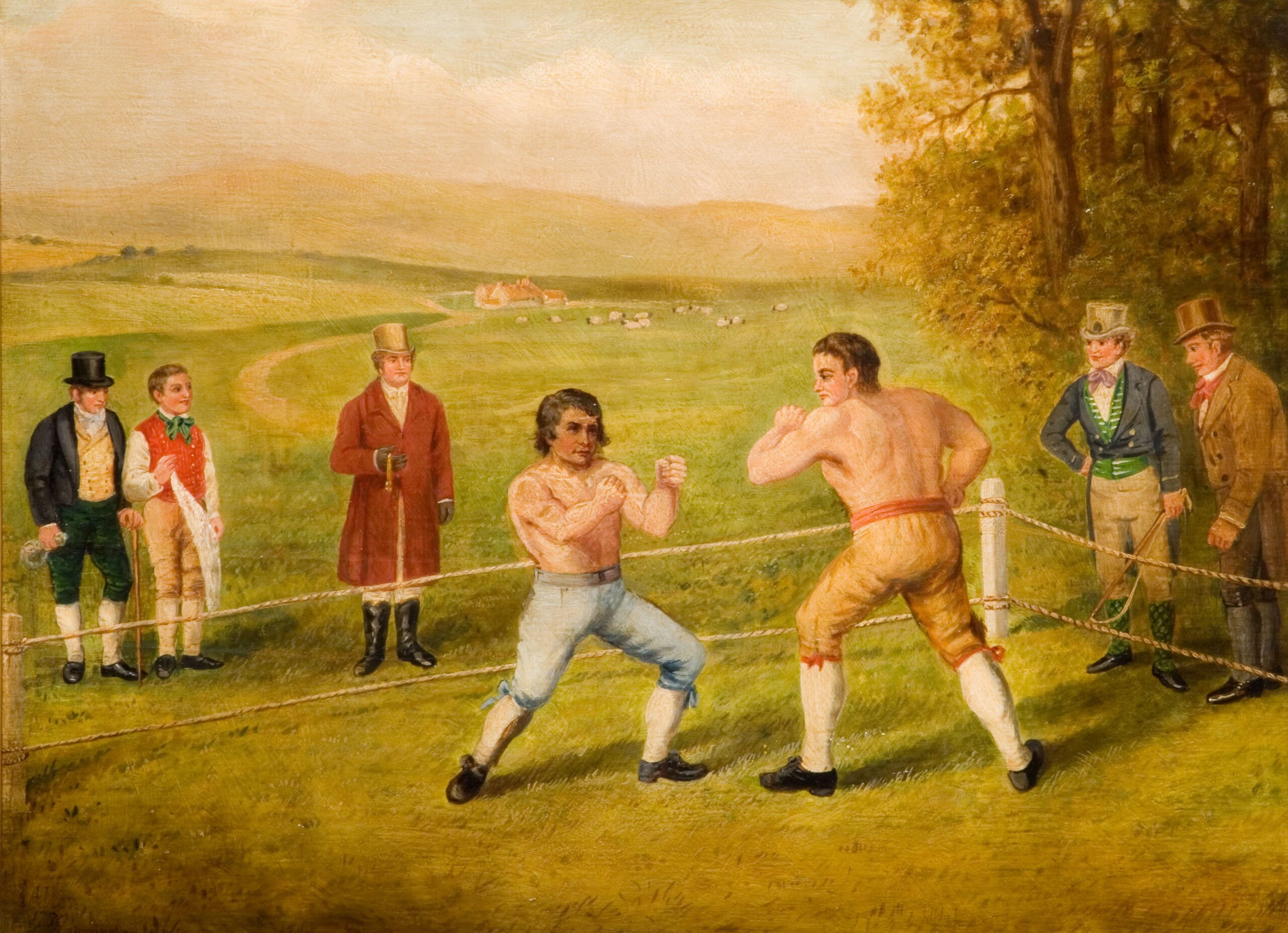The world of zoos is a fascinating and captivating one. It goes beyond simply showcasing exotic animals from around the globe. The art of zoo encompasses the design and construction of the zoo itself, the careful and precise care of the animals, and the important role that zoos play in the conservation of endangered species.
Zoo design is an intricate process that requires careful planning and execution. It involves creating habitats that are as close to the animals’ natural environments as possible, while also ensuring that visitors can safely and comfortably observe them. At the same time, animal care in zoos is a delicate balance that requires an incredible amount of dedication, expertise, and knowledge of animal behavior. Through this, zoos play a crucial role in maintaining the health and wellbeing of the animals under their care.
But perhaps most importantly, zoos are key players in the conservation of our planet’s natural heritage. They run numerous conservation programs and initiatives that aim to protect endangered species and preserve biodiversity. In doing so, they not only contribute to the preservation of our world’s ecosystems but also play a significant role in promoting awareness, education, and conservation in the larger community.
Join us as we dive into the intriguing world of the art of zoo, where zoo design, animal care, and conservation efforts come together to create a stunning encounter that will leave you in awe.
Dive into the World of Zoo Design
Contents
- 1 Dive into the World of Zoo Design
- 2 Architectural Considerations in Zoo Design
- 3 Trends in Zoo Design
- 4 The Impact of Zoo Design on Animal Welfare
- 5 Explore the Art of Animal Care in Zoos
- 6 Best Practices in Animal Care
- 7 Zoo Design and Animal Care
- 8 Expert Perspectives on Animal Care
- 9 The Role of Zoos in Conservation Efforts
- 10 Conservation Programs and Initiatives
- 11 Promoting Awareness and Education
- 12 Conservation in the Larger Community
Zoo design is a complex process that involves considerations ranging from visitor experience to animal welfare. The zoo must be carefully designed to provide a safe and comfortable environment for the animals. At the same time, it should offer an immersive experience for the visitors.
Architectural Considerations in Zoo Design
The architecture of the zoo plays a crucial role in creating a conducive environment for the animals. This involves the use of materials, layouts, and features that mimic the natural habitats of the animals. Architects and zookeepers work together to create spaces for the animals that offer privacy, safety, and comfort.
The design of the enclosures must also take into account the animals’ behavior and natural instincts. For example, a nocturnal animal’s enclosure would incorporate dark spaces to encourage their natural behavior.
Trends in Zoo Design
With the evolution of technology and animal welfare awareness, the trends in zoo design are continuously changing. One of the critical trends is the shift towards more natural habitats that encourage animal behavior. Zoos are now incorporating more open spaces and natural features like vegetation. This creates a more realistic and immersive experience for visitors.
Zoo design also focuses on creating educational and informative experiences for visitors. Interactive displays and exhibitions are now incorporated to enable visitors to learn more about the animals and their conservation efforts.
The Impact of Zoo Design on Animal Welfare
Zoo design has a profound impact on animal welfare. The design of the enclosures can significantly affect the animal’s physical and mental health. A well-designed zoo will promote natural behavior, offer enrichment, and provide a stimulating environment for the animal’s well-being.
Studies have shown that animals in well-designed zoos live longer, are healthier and exhibit better behavior than those in poorly designed zoos. Thus, zoo design plays a critical role in animal welfare and conservation efforts.
Explore the Art of Animal Care in Zoos
The art of animal care in zoos is a complex and challenging practice that requires deep expertise and a strong commitment to the well-being of animals.
Best Practices in Animal Care
Zookeepers employ a variety of cutting-edge techniques and practices to ensure that the animals in their care are healthy and happy. These include:
- Providing a balanced diet that meets the specific nutritional needs of each animal species.
- Creating environments that mimic the natural habitat of the animals and allow them to engage in instinctual behaviors.
- Developing individualized care plans for each animal, including regular medical check-ups, exercise routines, and enrichment activities.
- Offering mental and physical stimulation for each animal through play and socialization with other animals or humans.
Zoo Design and Animal Care
The design of zoos plays a critical role in the effective care of animals. From the placement of habitats to the type of materials used in construction, zoo design must prioritize the well-being and safety of the animals. Many modern zoos have started to phase out enclosed cages and replace them with more naturalistic and spacious environments, which allow animals greater freedom of movement and access to natural elements such as sunlight and fresh air. This approach has resulted in improvements in animal health and welfare.
Expert Perspectives on Animal Care
Experts in the field of animal care emphasize the importance of education and collaboration in improving animal welfare in zoos. Professional organizations such as the Association of Zoos and Aquariums (AZA) provide guidelines and training to ensure that zookeepers have the knowledge and skills necessary to provide the best possible care for the animals under their supervision. They also advocate for the conservation of endangered species and promote public awareness of the role of zoos in animal care and conservation.
In conclusion, the art of animal care in zoos represents an ongoing pursuit of excellence in animal welfare. Through innovative zoo design, cutting-edge practices, and the dedication of passionate professionals, zoos play a crucial role in improving the health and well-being of animals in their care.
The Role of Zoos in Conservation Efforts
Did you know that zoos play a critical role in conservation efforts worldwide? The art of zoo entails not only providing a safe and stimulating environment for animals but also actively participating in conservation initiatives that preserve our planet’s natural heritage for future generations.
Conservation Programs and Initiatives
Zoos implement numerous conservation programs and initiatives aimed at protecting endangered species, promoting biodiversity, and preserving natural habitats. From breeding programs to habitat restoration, zoos work tirelessly to ensure the survival of vulnerable species. For example, the San Diego Zoo’s Frozen Zoo has collected and stored genetic material from more than 1,100 species, which can be used to help prevent extinction in the future.
Promoting Awareness and Education
Zoos play a crucial role in promoting awareness and education about conservation issues. Many zoos offer educational programs that teach visitors about the importance of preserving biodiversity, as well as the challenges facing wildlife around the world. These programs can help inspire future generations to take an active role in conservation efforts. Additionally, zoos often partner with schools and universities to provide hands-on learning opportunities in fields such as ecology and biology.
Conservation in the Larger Community
Through their conservation efforts, zoos also contribute to the larger community by promoting sustainable practices and encouraging responsible stewardship of natural resources. By raising awareness about conservation issues and promoting sustainable practices such as recycling and energy conservation, zoos help to create a more environmentally conscious society.
In conclusion, the art of zoo goes beyond providing a visually stunning encounter with animals. It encompasses a commitment to conservation efforts that protect and preserve our planet’s natural heritage for future generations. From promoting awareness and education to implementing conservation programs, zoos play a vital role in ensuring the survival of some of the world’s most vulnerable species.























